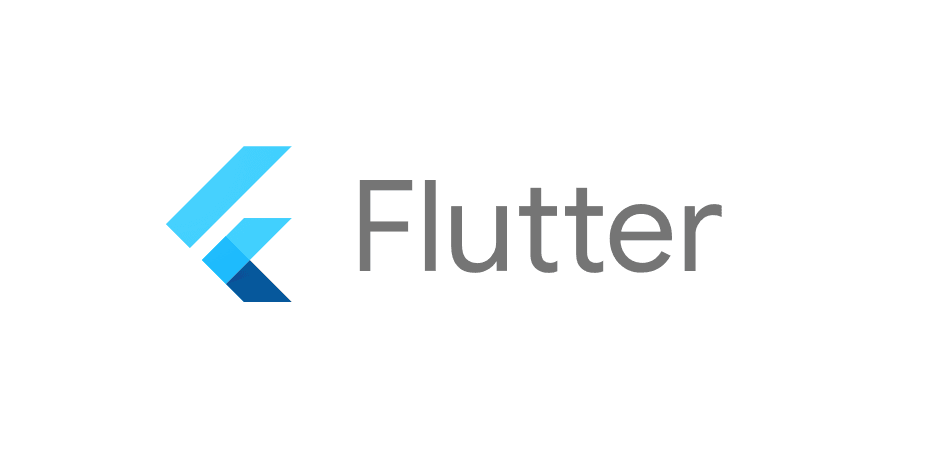
State management is a crucial aspect of Flutter app development. It determines how the application handles changes in data and UI updates. There are multiple approaches to state management in Flutter, each with its own advantages. In this article, we will explore:
- setState() - Managing Local State
- Provider - Dependency Injection & State Management
- Riverpod - Modern State Management
- Bloc & Cubit - Event-Driven State Management
4.1 What is State Management?
State management in Flutter is the technique used to manage and maintain the state of an application. State can be categorized into two types:
- Ephemeral (Local) State: Temporary state that only affects a single widget.
- Global (App-wide) State: State that is shared across multiple widgets or screens.
Flutter offers various state management solutions, each serving different use cases.
4.2 setState() - Managing Local State
setState() is the simplest way to manage state in Flutter. It is suitable for managing UI-related changes in a single widget.
Example 1: Counter App
import 'package:flutter/material.dart';
void main() {
runApp(MyApp());
}
class MyApp extends StatelessWidget {
@override
Widget build(BuildContext context) {
return MaterialApp(
home: CounterPage(),
);
}
}
class CounterPage extends StatefulWidget {
@override
_CounterPageState createState() => _CounterPageState();
}
class _CounterPageState extends State<CounterPage> {
int count = 0;
void increment() {
setState(() {
count++;
});
}
@override
Widget build(BuildContext context) {
return Scaffold(
appBar: AppBar(title: Text('Counter')),
body: Center(child: Text('Count: \$count')),
floatingActionButton: FloatingActionButton(
onPressed: increment,
child: Icon(Icons.add),
),
);
}
}
Example 2: Toggle Button
bool isOn = false;
setState(() {
isOn = !isOn;
});
Example 3: Text Field Update
TextEditingController controller = TextEditingController();
setState(() {
text = controller.text;
});
4.3 Provider: Dependency Injection & State
The provider package is one of the most used state management solutions. It enables dependency injection and separates business logic from UI components.
Example 1: Counter App with Provider
import 'package:flutter/material.dart';
import 'package:provider/provider.dart';
void main() {
runApp(
ChangeNotifierProvider(
create: (context) => CounterModel(),
child: MyApp(),
),
);
}
class CounterModel extends ChangeNotifier {
int count = 0;
void increment() {
count++;
notifyListeners();
}
}
class MyApp extends StatelessWidget {
@override
Widget build(BuildContext context) {
return MaterialApp(
home: CounterPage(),
);
}
}
class CounterPage extends StatelessWidget {
@override
Widget build(BuildContext context) {
final counter = Provider.of<CounterModel>(context);
return Scaffold(
appBar: AppBar(title: Text('Counter with Provider')),
body: Center(child: Text('Count: ${counter.count}')),
floatingActionButton: FloatingActionButton(
onPressed: counter.increment,
child: Icon(Icons.add),
),
);
}
}
Example 2: Theme Management
class ThemeModel extends ChangeNotifier {
bool isDarkMode = false;
void toggleTheme() {
isDarkMode = !isDarkMode;
notifyListeners();
}
}
Example 3: Shopping Cart
class CartModel extends ChangeNotifier {
List<String> items = [];
void addItem(String item) {
items.add(item);
notifyListeners();
}
}
4.4 Riverpod - Modern State Management
Riverpod is an improvement over Provider, offering safer and simpler state management.
Example 1: Counter App with Riverpod
final counterProvider = StateProvider<int>((ref) => 0);
Example 2: Authentication State
final authProvider = StateNotifierProvider<AuthNotifier, bool>((ref) => AuthNotifier());
Example 3: Fetching API Data
final userProvider = FutureProvider<User>((ref) async {
return fetchUser();
});
4.5 Bloc & Cubit - Event-Driven State Management
Bloc and Cubit provide structured state management using events and states.
Example 1: Counter App with Cubit
class CounterCubit extends Cubit<int> {
CounterCubit() : super(0);
void increment() => emit(state + 1);
}
Example 2: User Authentication
class AuthCubit extends Cubit<bool> {
AuthCubit() : super(false);
void login() => emit(true);
}
Example 3: Todo App
class TodoCubit extends Cubit<List<String>> {
TodoCubit() : super([]);
void addTask(String task) {
state.add(task);
emit(List.from(state));
}
}
Leave a Comment